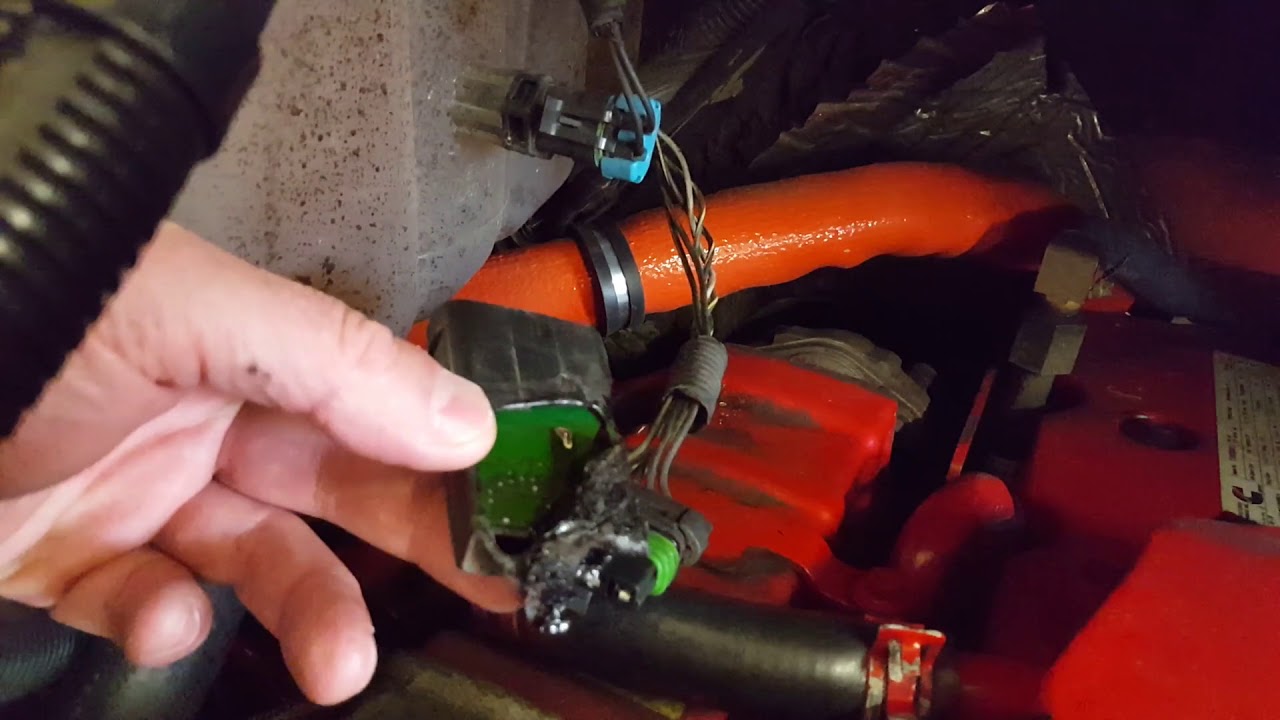The Cummins ISB diesel engine is the most reliable diesel engine in the fleet. However they are not invincible and can act up once in a while. The operator came in and told us there was an amber light on the dash. Most descriptions of the issue are pretty good but it is a habit of ours to take the bus out for a road test.
This way we can get an exact feel what’s happening with the driveability, dash gauges and any other problems. In this case the amber light does turn on but only after pulling a big hill and the engine is warmed up. The amber engine code is a warning for the driver and we ask them to check the gauges first before driving it back to the shop.
Drivers are used to this happening with newer school buses that are emission controlled and have more monitoring sensors to keep pollutants out of the atmosphere. It`s not always an emission problem so the first step for the diesel mechanic is to hook up the laptop and read what the code is.
The code according to the Cummins Insite Lite software is a lack of reference voltage from the ECM to four sensors monitoring engine coolant level, dpf differential pressure sensor, TPS and remote throttle pedal lever. The video shows the low coolant level sensor module melted down after resting too close to the turbocharger.
It could have been poorly secured on the last job but luckily nothing serious developed. The ECM or what I called the ECU (means the same thing) recognized a no voltage condition and caused the engine fault to light up on the dash.
There was more than one engine code because of the 0 voltage to several sensors. Multiple sensors sharing a 5 Volt supply and ground will cause problems if an open circuit or short circuit develops. The bus being a C2 Thomas conventional has a Freightliner chassis so the module was available from the local dealer.
This mishap was a peculiar one and could have been prevented if the harness connected to the coolant level sensor module was secured out of the way of the smoking hot turbocharger housing. We’ll chalk this one up to experience and check the other buses in the fleet with the same ISB engine.
That’s all there is on this repair and it never hurts to go the routine of troubleshooting from listening to the complaint, going on a road test and connecting with the diagnostic software. Without the proper troubleshooting software we would be completely lost.







